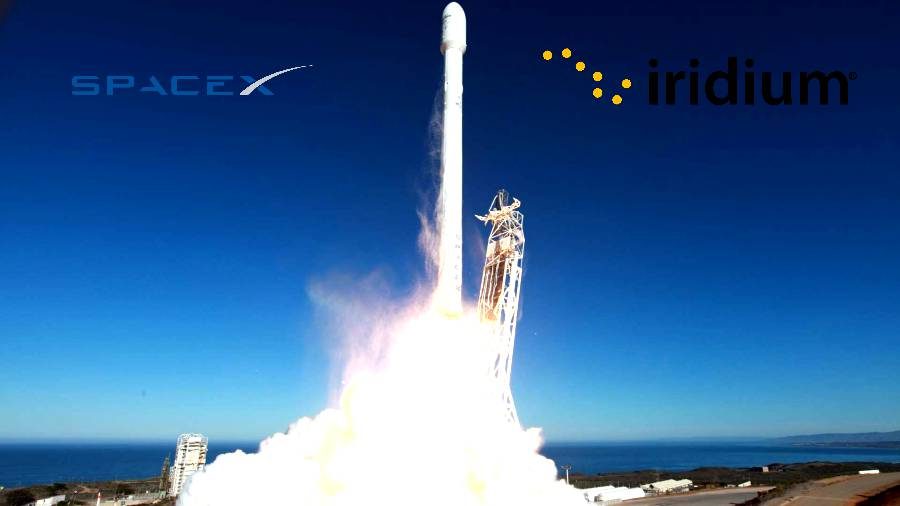SpaceX is going to launch its Falcon 9 rocket on Monday, carrying 10 Iridium communication satellites. The spacecraft will lift off at 1:22 p.m EST from Vandenberg Air Force Base in California.
The company, which is going through a recovery from the devastating explosion of a Falcon 9 back in September, was issued a return-to-flight certificate by the Federal Aviation Administration.
The FAA said it had accepted the findings of SpaceX investigation about the explosion of the Falcon that occurred during a test, at Cape Canaveral Air Force Station.
Bad weather could get in the way of SpaceX
The new rocket is confirmed to be launch on Monday as scheduled. The weather could also play a fundamental role as forecasts predict rainfall at the moment of the launch. If that were the case, the launch would be postponed.
Iridium CEO Matt Desch said that with the completion of the static fire test, their first take off was getting closer. According to him, the Iridium team has been eagerly awaiting the moment as they are overwhelmed with the emotion of sending those ten satellites into orbit.
According to SpaceX CEO Elon Musk, the Falcon 9 was originally designed to carry heavier payloads and even passengers, so putting in orbit Iridium’s satellites should be a routine flight. In a future SpaceX’s goal is to send cargo and people as far as the Moon or even Mars
What went wrong with the previous Falcon 9?
After more than three months of investigations into the disaster that blew up the Falcon 9 and its multi-million payload, SpaceX has finally found out what went wrong in the most challenging and complex failure in SpaceX’s history.
According to Musk, the failure might have been caused by a small carbon composite wrap that covers three vessels which contain helium required to replace oxygen from the fuel tank. The problem is that this cover tends to develop wrinkles between it and the aluminum lining, into which oxygen can seep and pool.
The company believes the problem happens when the helium is pumped into too cold oxygen trapped in these pools and them turning the oxygen into a solid.
In this state, the oxygen somehow reacted with the composite exterior, maybe by expanding and bursting the material into a fireball. According to the company, this is the most likely reason behind the disaster.
The Solution
The company made a quick fix, so the launch on Monday is possible. They will now use helium at a warmer temperature, preventing it from freezing the oxygen that might be trapped in the pools.
The downside is that it makes the fueling process slower. The final solution in a longer term will be making major changes to the vessels to prevent any oxygen pool formation in the first place.


